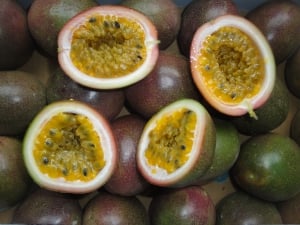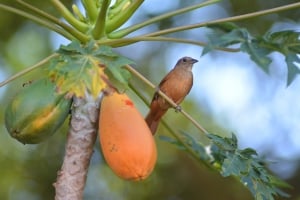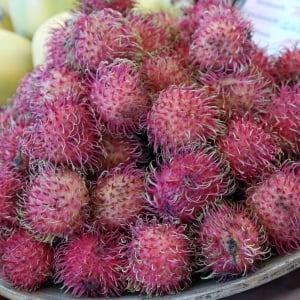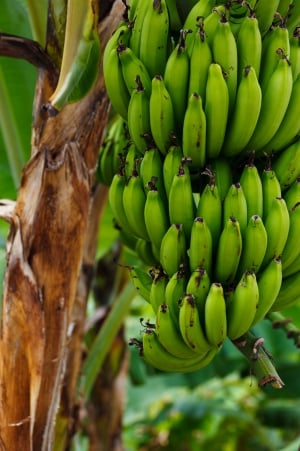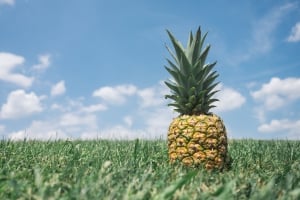A Virtual Market Stroll: Exotic Fruits in Vietnam
Book Top Experiences and Tours in Vietnam:
If youʻre booking your trip to Vietnam last minute, we have you covered. Below are some of the top tours and experiences!- Hoi An/Da Nang: Hue City Group Tour with Lunch and Footbath
- From Hanoi: Old Quarter Vegetarian Food Tour
- From Hanoi: 2-Day & 1 Night Halong Bay Tour
- From Ho Chi Minh City: Mekong Delta Small-Group Tour
- Phu Quoc: 3 Island Tour by Boat with Guide
For many foreign tourists, one of the most unique aspects of visiting Vietnam is exploring its markets. Open-air, stall-based markets are still the preferred place of shopping for most Vietnamese (for essential, daily items). They can be found in every major city, large town, or small, rural hamlet. Selling everything from fresh meats and seafood to fruits, vegetables, basic clothing and household goods, these markets are a one-stop shop, comprised of dozens of individual vendors.
While many tourists donât dare to brave the un-refrigerated meats and seafood section, the fruit stalls are always an exciting, safe, palatable adventure. This article will provide a virtual walk through of a typical Vietnamese market, with a focus on Vietnamese exotic fruits.
Entering the Market
Between the hours of 6:00-10:00 and 14:00-18:00, follow the streams of local motorbike and foot traffic towards the market. If youâre on a bicycle or motorbike, head over to the covered, paved area, park the wheels, receive a parking slip, pay the 2,000-5,000 VND fee, and head into the bustling scene. Generally, the fruit and vegetable sections sit on the outskirts of the market, while the meats, seafood, cleaning supplies, and clothes sit further tucked in. Away from the smells and sights of raw pork, beef, chicken, and the like, stroll to the bright, colorful wooden stalls.
Note: most local markets open at dawn, close at midday (for a rest and to avoid the searing heat), reopen in the early afternoon, and close with dusk.
The Common Fruits
Vietnam, being a tropical country, has a veritable cornucopia of colors, flavors and textures when it come to fruits. While some prove to be more exotic than others, itâs still quite exciting to see and sample everything on offer. Starting with the more common fruits:
Bananas
Not so exciting you may say? While bananas are found literally all over the world, one of the most unique aspects of this common yellow/green fruit is that you can actually see it growing all over the countryside. Lush green banana trees dot lanes and alleys all over the country: look for the long, flat leaves, bushels of bananas bending off the stalks, and massive purple flowers in bloom. While bananas (the fruit) are commonplace, their leaves serve to be very useful in Vietnamese cuisine, and are used as wrappers for both holding and cooking food. Furthermore, their bright purple flowers are used in many a Vietnamese salad, and make for another truly unique dish. So next time youâre wandering the lanes in Vietnam, look out for this tree and appreciate all its parts being put to use!

Pineapple
Yes, another basic fruit⦠but did you know that it takes one entire plant to grow a pineapple, which sprouts from the tip of the mature plant? Keep your eyes peeled on the roadside for pineapple farms: sprawling fields of spiny, dark-green plants producing crowns of fruit that end up in markets all over the country.

Coconut
Also found everywhere in Vietnam, coconuts in Vietnam may not necessarily match oneâs vision of coconuts from their home country. While many think of coconuts as having hard, brown shells with a fibrous, flavorful skin inside, most coconuts in Vietnam are green. Whatâs the difference? Dark brown coconuts are mature; they ripen after falling from the tree, lose much of their water inside, and develop the more fibrous flesh. Green coconuts (i.e. young coconuts, which are what you will find in the markets) are taken directly from the tree and sold for consumption. While the skin inside is gelatinous and less flavorful, the water (better chilled) is delicious and filled with antioxidants and health benefitsâ the ultimate drink for re-hydration.
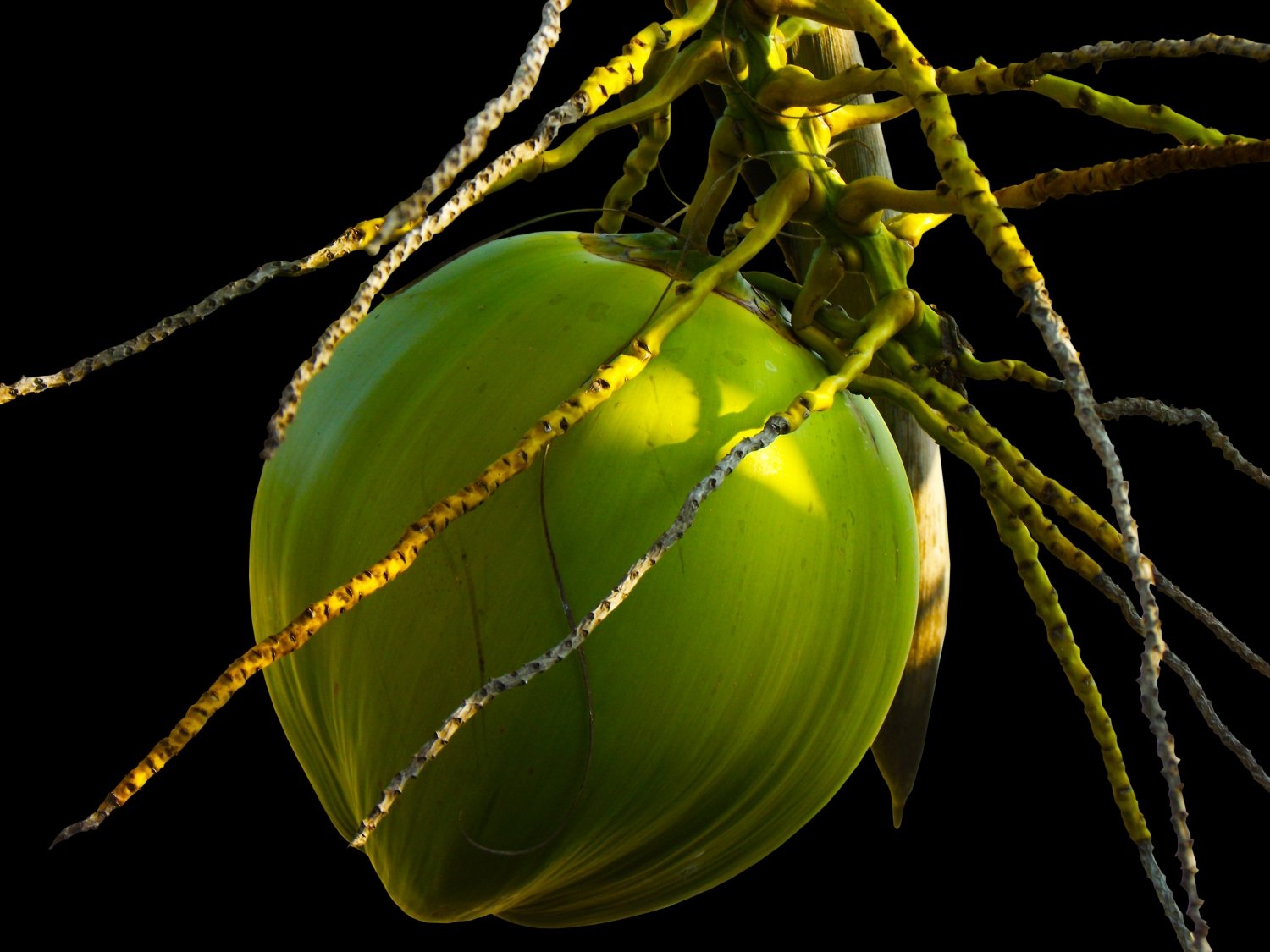
Mango
Mangos are a favorite fruit in Vietnam. The oblong fruit generally comes in green or yellow, and offers a delightfully sweet, soft flesh when ripe. The unripe mango is used in salads or as a side snack, perfect for those who prefer a more savory, tart flavor.
A tip for cutting mangos: gently slice through a ripe mango and donât cut too deep; if you start to get resistance, you have cut too far and will end up eating the fibrous inside. Although still delicious, the fibers always get stuck in your teeth!
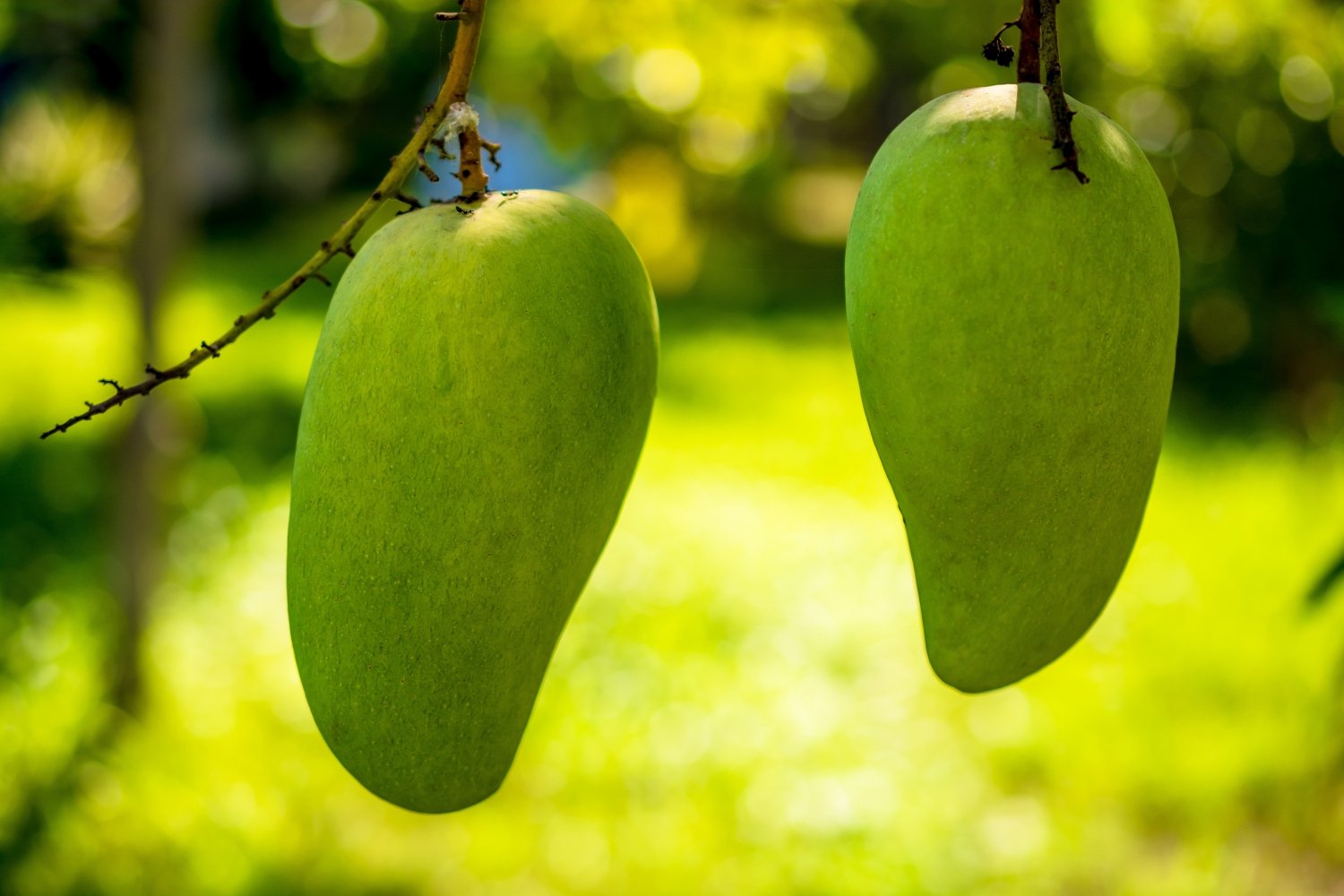
Oranges
Oranges, while another commonplace fruit, come to many as a surprise in Vietnam. Order up an orange juice and it will look and taste exactly as you imagine. Try to find one in the market, however, and you wonât be able to dig one up. Why is that? Because oranges in Vietnam are not actually orange at all⦠their skin is dark green! Despite its unripe-appearing exterior, a peeled orange reveals its vitamin-rich, orange flesh, providing the same delicious flavor.
Also found nearby the orange stalls are mandarins; smaller, slightly sweeter, and surprisingly⦠orange!
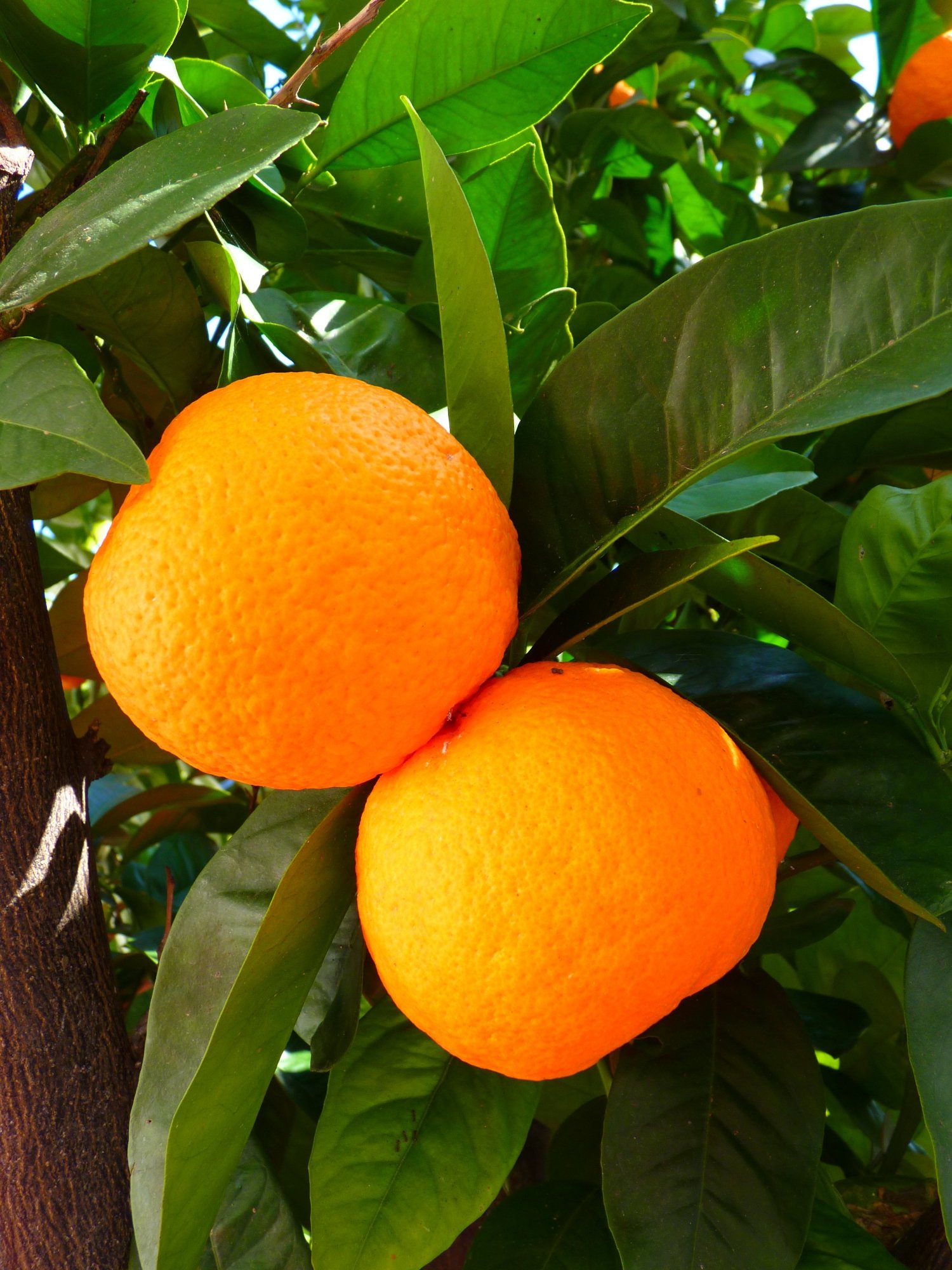
â¦The More Exotic Fruits!
Now for the good stuff! When youâre walking through the market stalls and your eyes are met by spiny, vibrant, alien-looking items, this is what youâre seeing:
Rambutan: The rambutan is a spikky, red fruit, about the size of a golf ball. It grows in bushels on trees and, when split open, offers a juicy, fleshy, sweet fruit. Donât try to eat the entire inside, however, as it hides a large, bitter pit, which should not be eaten.

Durian: When you step onto public transport or check into a hotel and it reads âno smelly fruitâ- this is what the sign is referring to! Durian has quite the reputation in Vietnam (and Asia in general). The fruit itself is absolutely massive, with a super spiky skin that is as sharp and dangerous as it appears. On the inside sits another danger, which is one of the most pungent, strong smelling fruits in the world. For those who love durian, the smell isnât so bad; for the majority who hate the fruit, its smell is up there with some of the worst. The fruit itself is very fleshy and its flavors combine the sweet and savoryâ youâll just have to try it yourself!
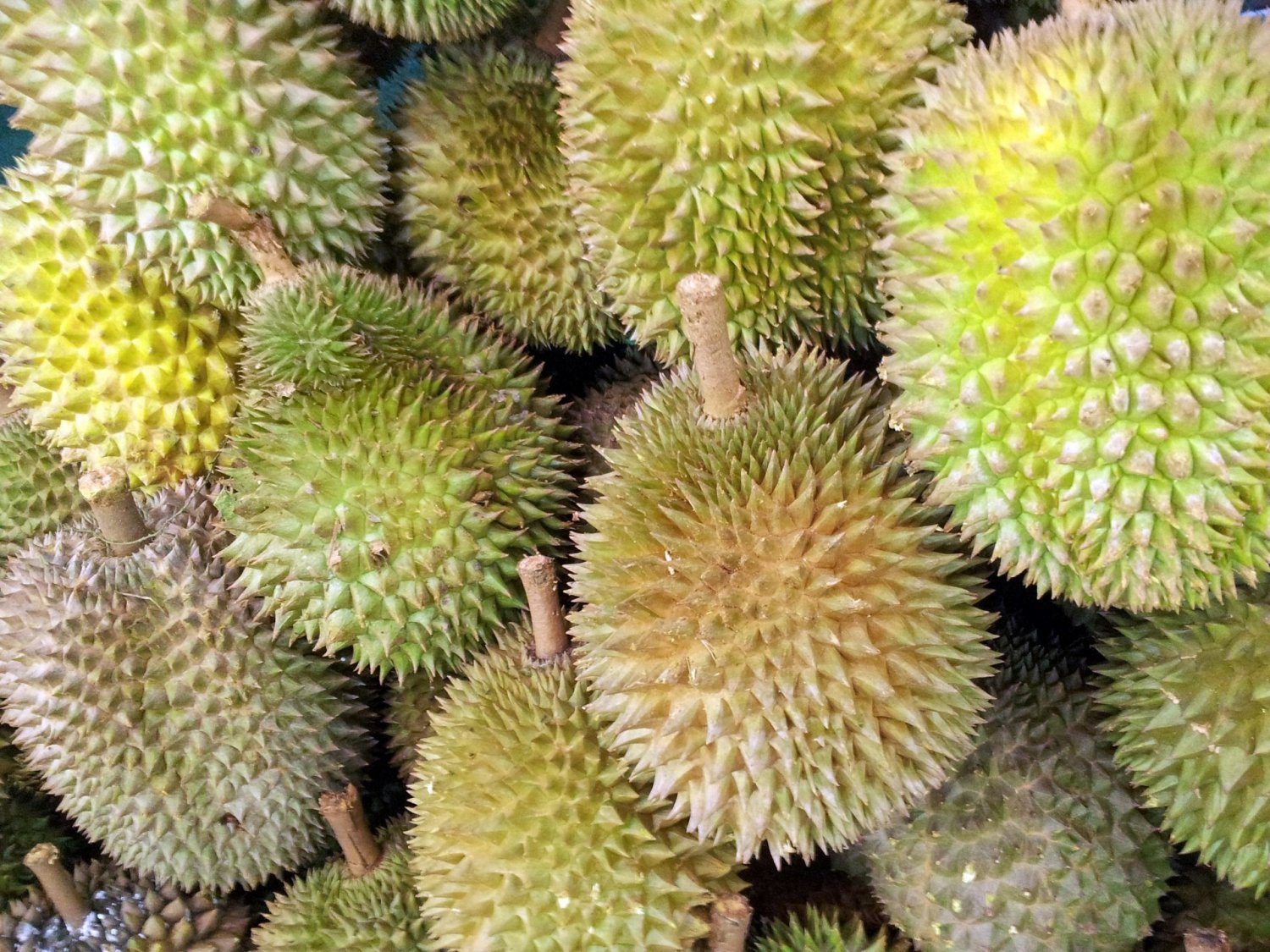
Dragonfruit: Another visual marvel, dragonfruits are predominantly pink/red with a spiny, but soft exterior. Along with the previous two, these are another of the most interesting-looking fruits. When sliced, the inside reveals a soft white flesh, filled with innumerable tiny black seeds (edible). The fruit is sweet, but not too overpowering.
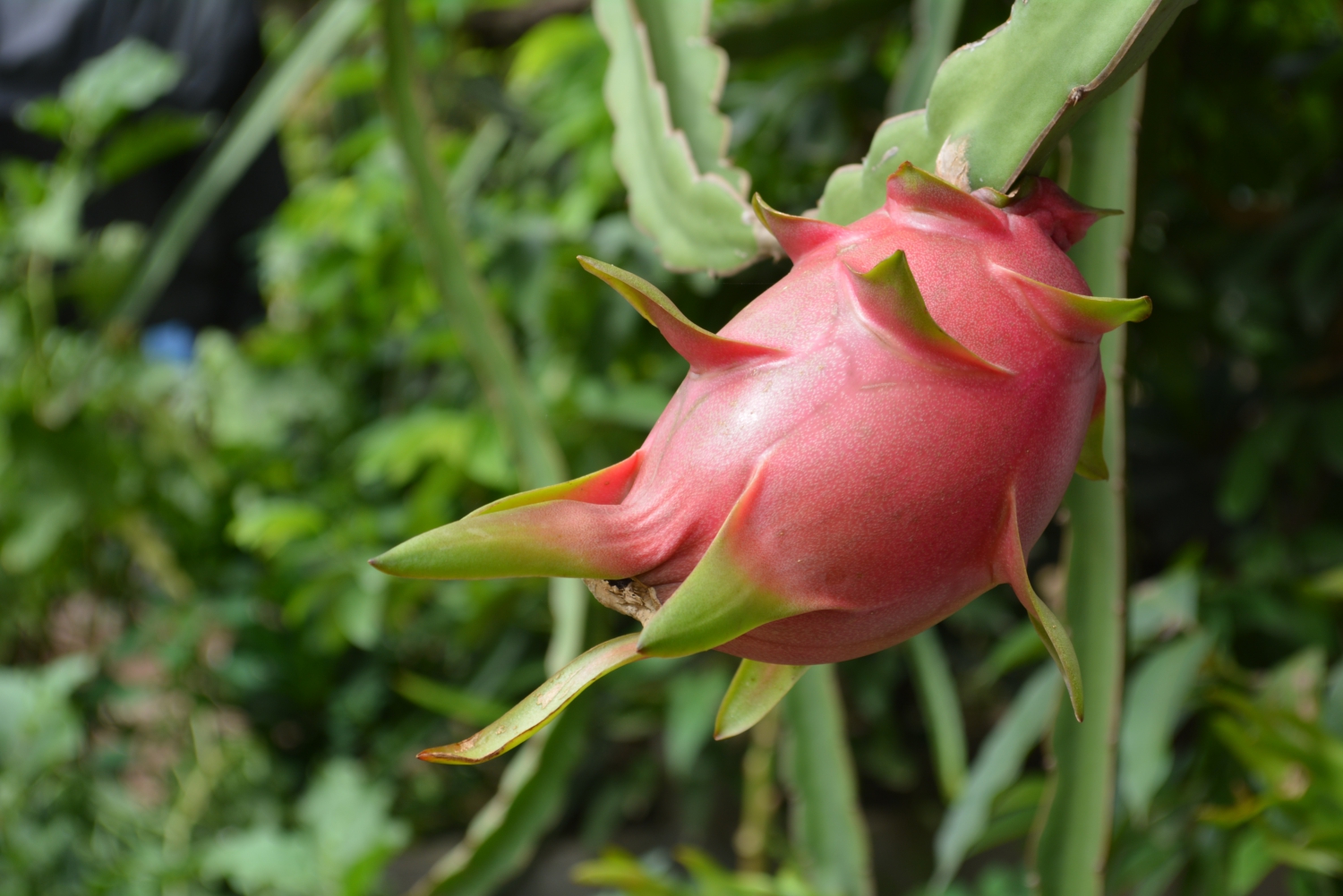
Mangosteen: A mangosteen is truly one of the most unique flavored fruits in Vietnam. Slightly larger than a golf ball, this thick-skinned purple fruit with a green-stemmed top encapsulates a soft, juicy white fruit that comes in tiny wedges. Each wedge is packed with a sweet and slightly tart flavor, filled with vitamins, nutrients, and antioxidants. Some wedges contain seeds (not to be eaten), while others are seedless.
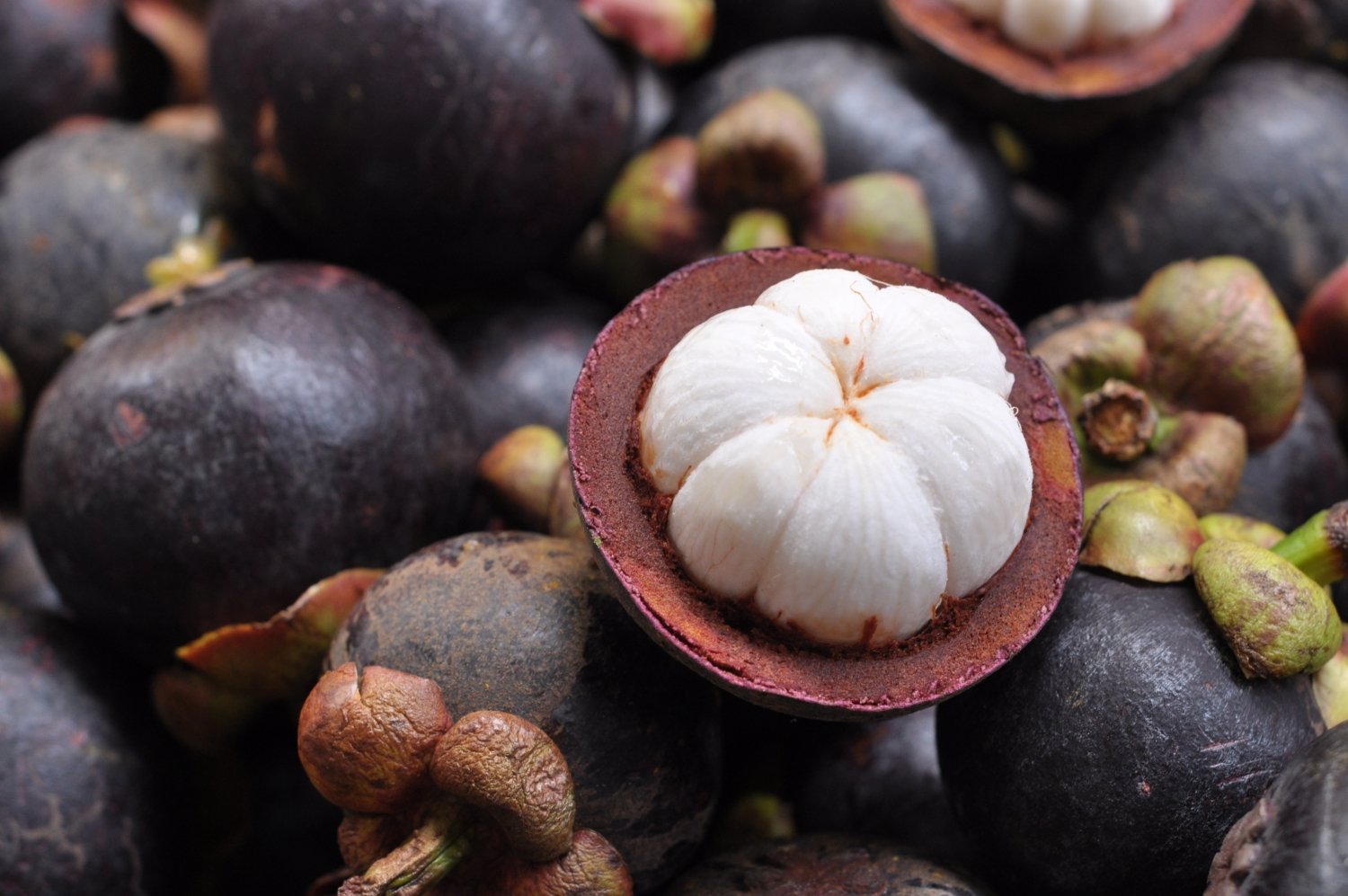
Lychee: Another bushel-growing fruit, the lychee is just a touch smaller than a golf ball and appears similar to the rambutan, but without the spikes. This rough, red-skinned fruit opens to a sweet, soft, white interior, also containing a pit that should be discarded.
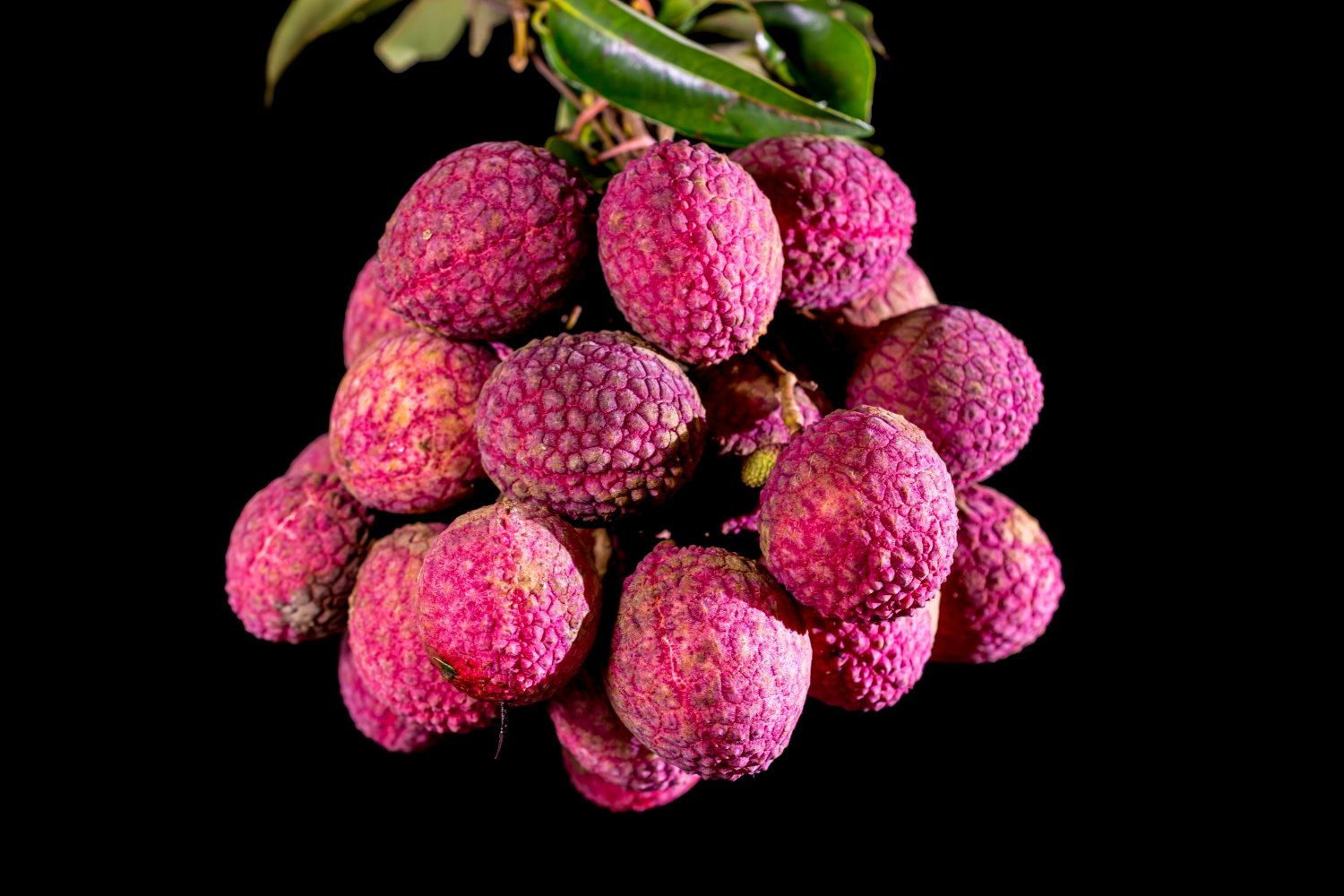
Longan: Similar to the lychee, a longan comes in large bushels, generally still attached to the stems, and sold in bunches at the markets. About half the size of a rambutan, longans have a thin, light brown exterior that can be easily peeled, revealing the super sweet, refreshing white flesh. The longan also has a dark black (very hard) pit, which is not edible.
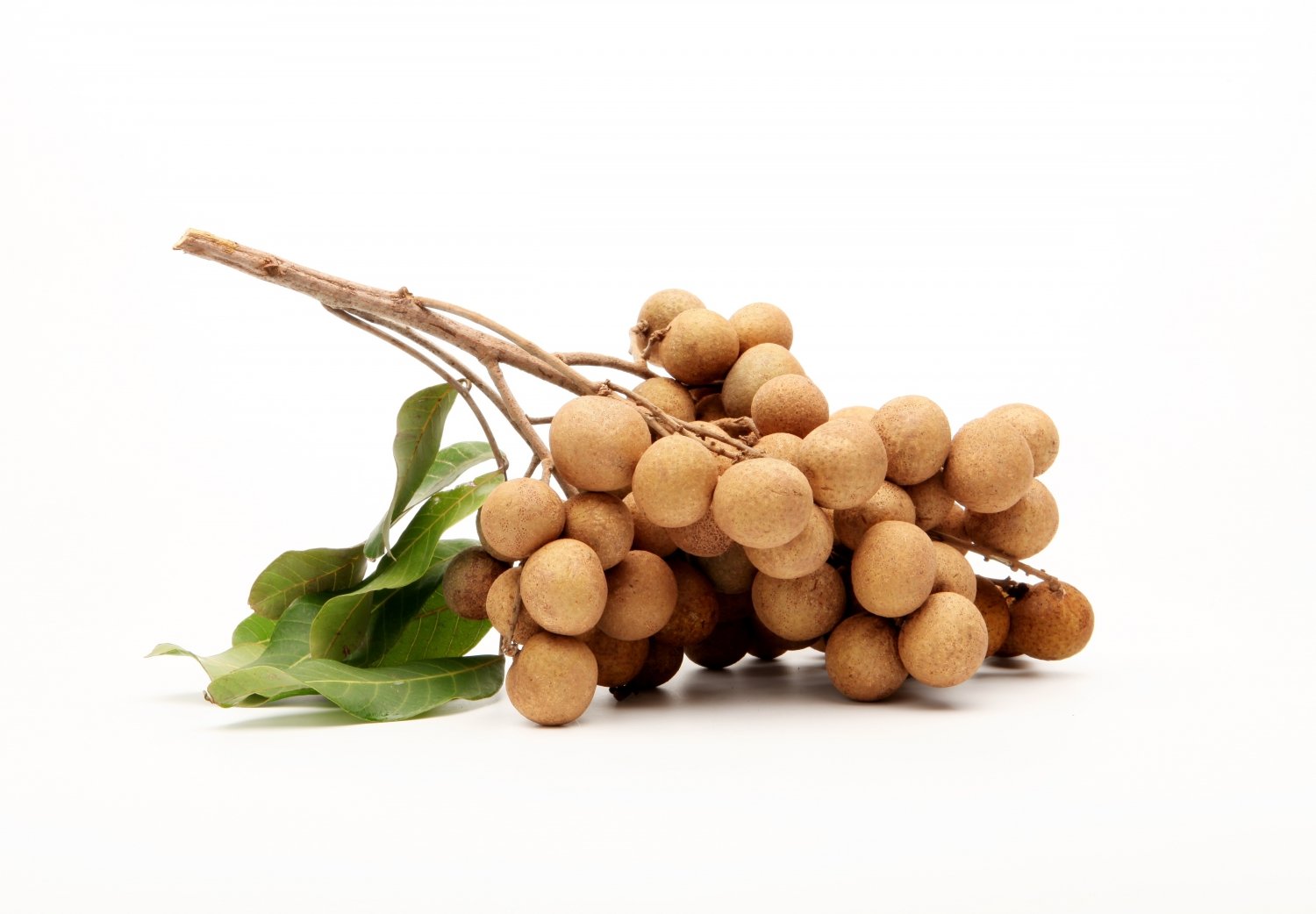
Pomelo: For those who arenât into super-sweet fruits, the pomelo is king. This fruit comes in green or yellow, and is slightly larger than a grapefruit. The skin is quite rough to peel (easier to do with a knife), and reveals a fruit and flavor similar to a grapefruit. Just a step above bitter, the pomelo is a refreshing change from the generally sweet fruits of Vietnam. For those who prefer sweetness, look for the yellow pomelo with a pink inside- much sweeter than its green counterpart.
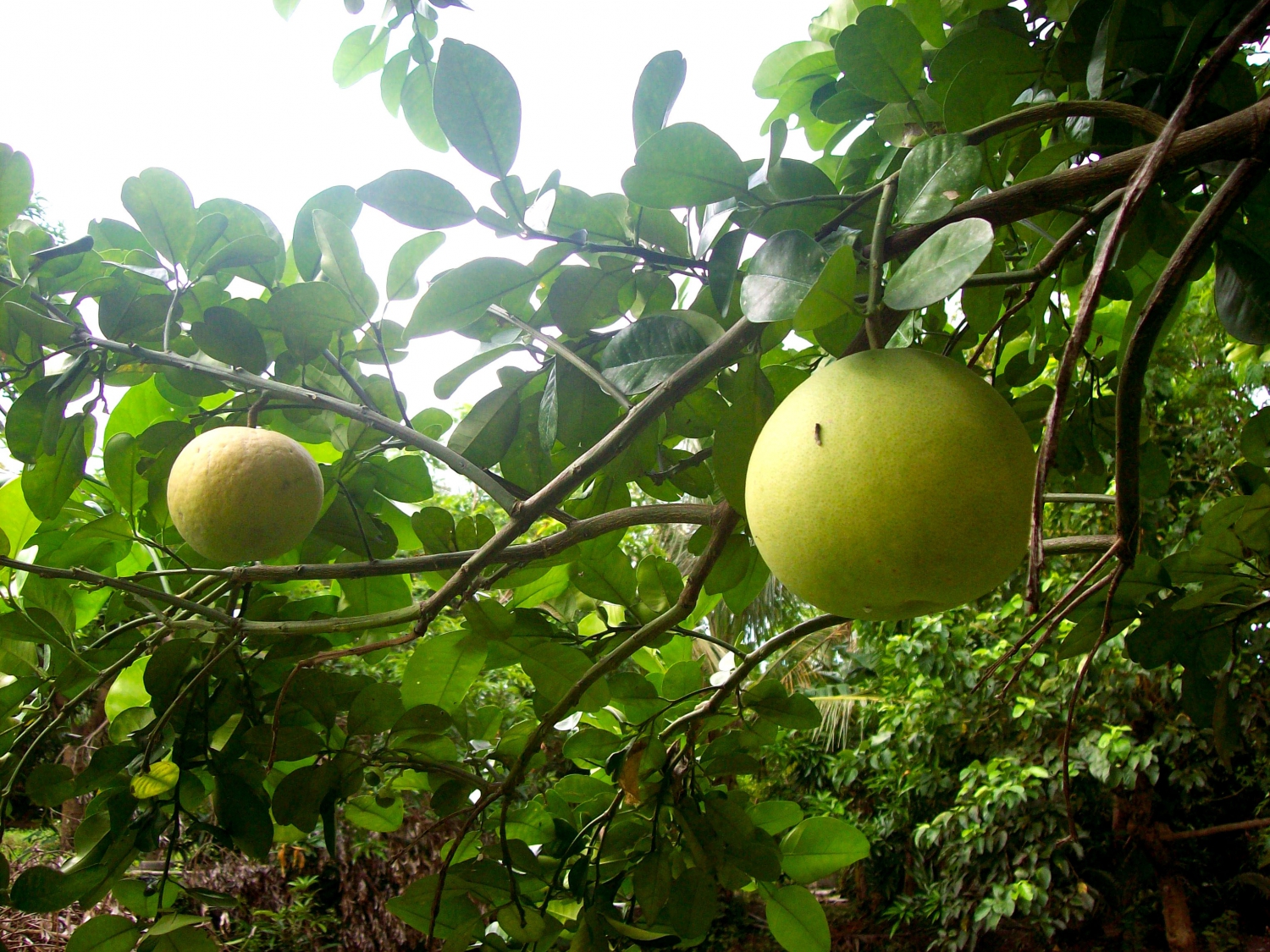
Passion Fruit: A truly unique flavor thatâs used in a variety of Vietnamese dishes and drinks! Passion fruit is about half the size of an apple, with a dark purple exterior that sometimes appears a bit wrinkly. Cut through the fruit to reveal a soft (almost mushy) inside. The flesh is yellow/orange with dozens of soft, edible black seeds; the flavor is truly something to experience on its own, sitting somewhere between super tart and slightly sweet. This fruit can be quite seasonal and is therefore a bit tricky to find in local markets in Vietnam.

Starfruit: While not as popular as the rest, starfruit grows on trees all over Vietnam. Its oblong, ridged shape (when cut) takes the form of a star- hence the name. The fruit is soft and a bit waxy; the flavor gets sweeter when the fruit ripens (from green to yellow.)
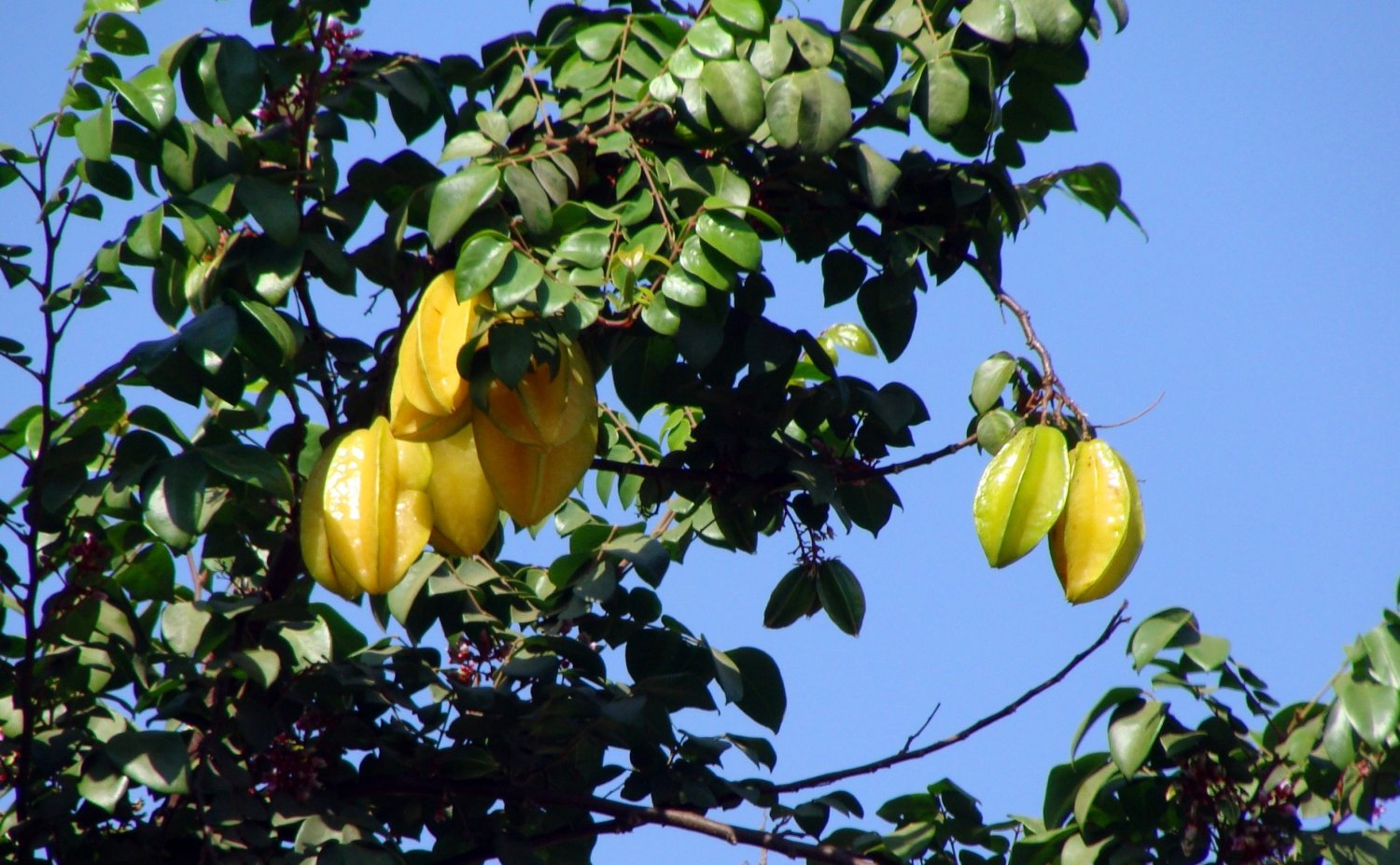
Papaya: Papaya is a large green/orange fruit. Inside its flesh is either vibrant orange, soft, and sweet (when ripe) or green, hard, and mildly bitter (when unripe.) Both are popular in Vietnamese cuisine, the former eaten as a basic fruit, while the latter is served raw in delicious, tart salads⦠both are worth a try!

Jackfruit: Similar in size or larger than durian (and often confused as durian), jackfruit is a giant green fruit with thick, bumpy skin, containing a peculiar yellow inside. As opposed to wedges, the fruit comes in soft, individual seed pods or bulbs, with a slightly waxy complexion offering a sweet, distinct flavor.
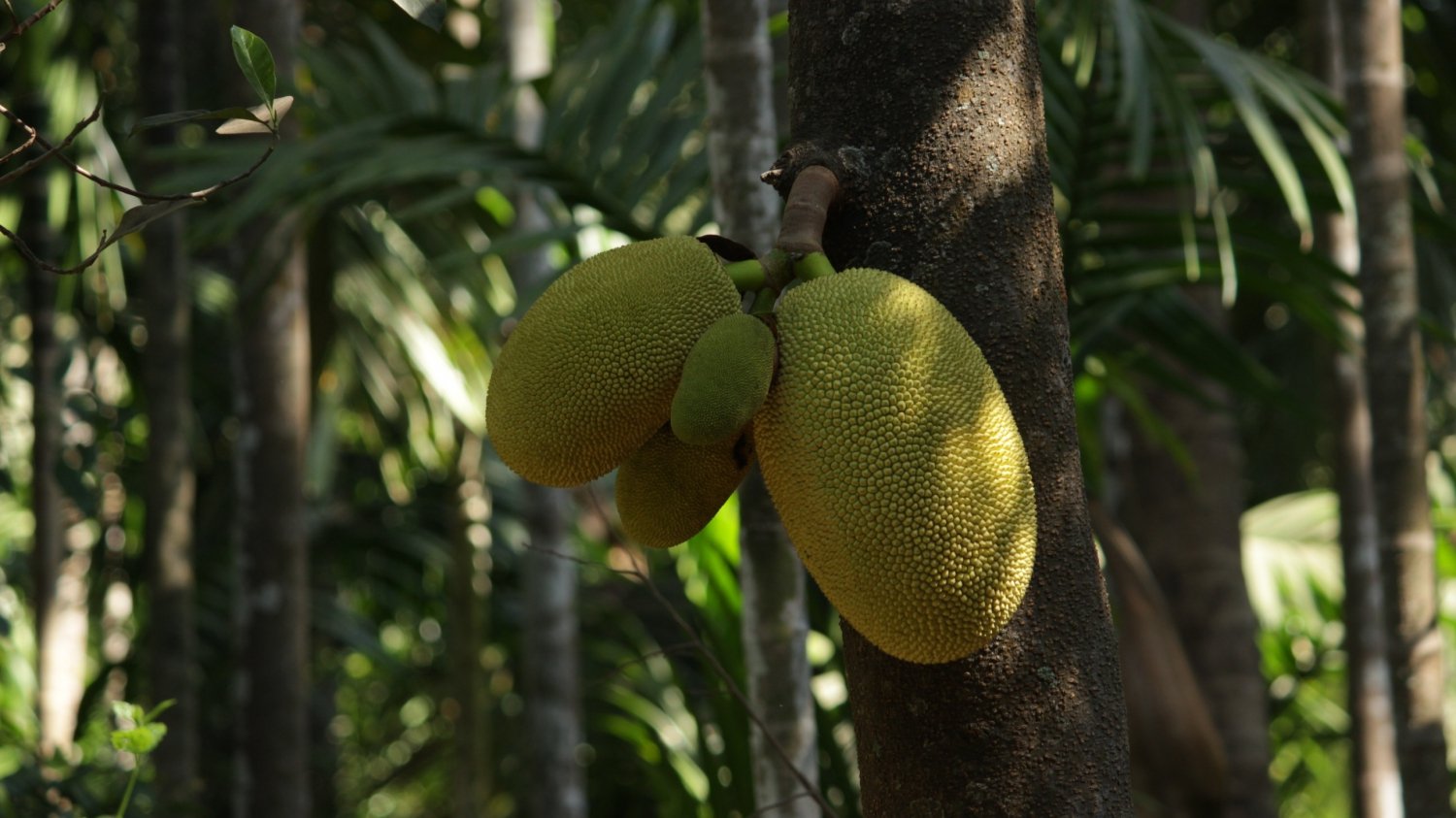
Custard Apple: A custard apple is the size and shape of an apple, but with a green, almost reptilian scale-like skin. Cut through the fruit and it exposes a somewhat soft, pale interior with black (inedible) seeds. Scoop the flesh out for a slightly sweet flavor with the texture of (you guessed it) custard.
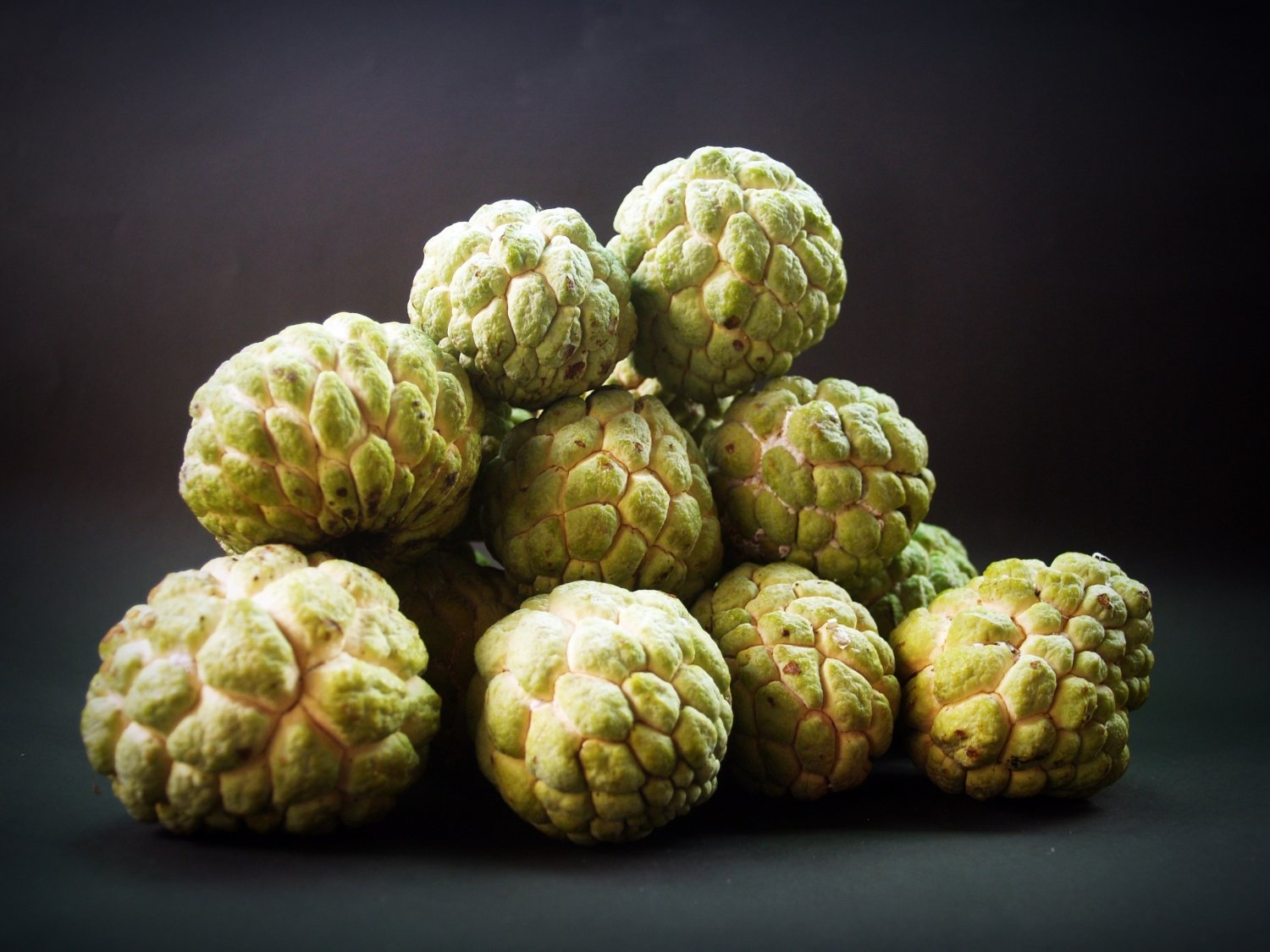
Sampling At the Stall
Vendors will be quite happy to share their offerings with you for a very small cost. Exotic fruit is a cheap, delicious food option in Vietnam, and is almost always safe to eat. Do beware that if youâre eating something that does not require peeling or splitting, it should be washed first with treated water before consumption. Eating (for example) an unpeeled apple that has been washed with untreated water may result in the dreaded travelersâ diarrhea. For reference, the most expensive exotic fruits listed above are durian, jackfruit, pomelo, and papaya- simply for their sheer size.
Author: Daniel Robbins
Photos: pixabay.com







